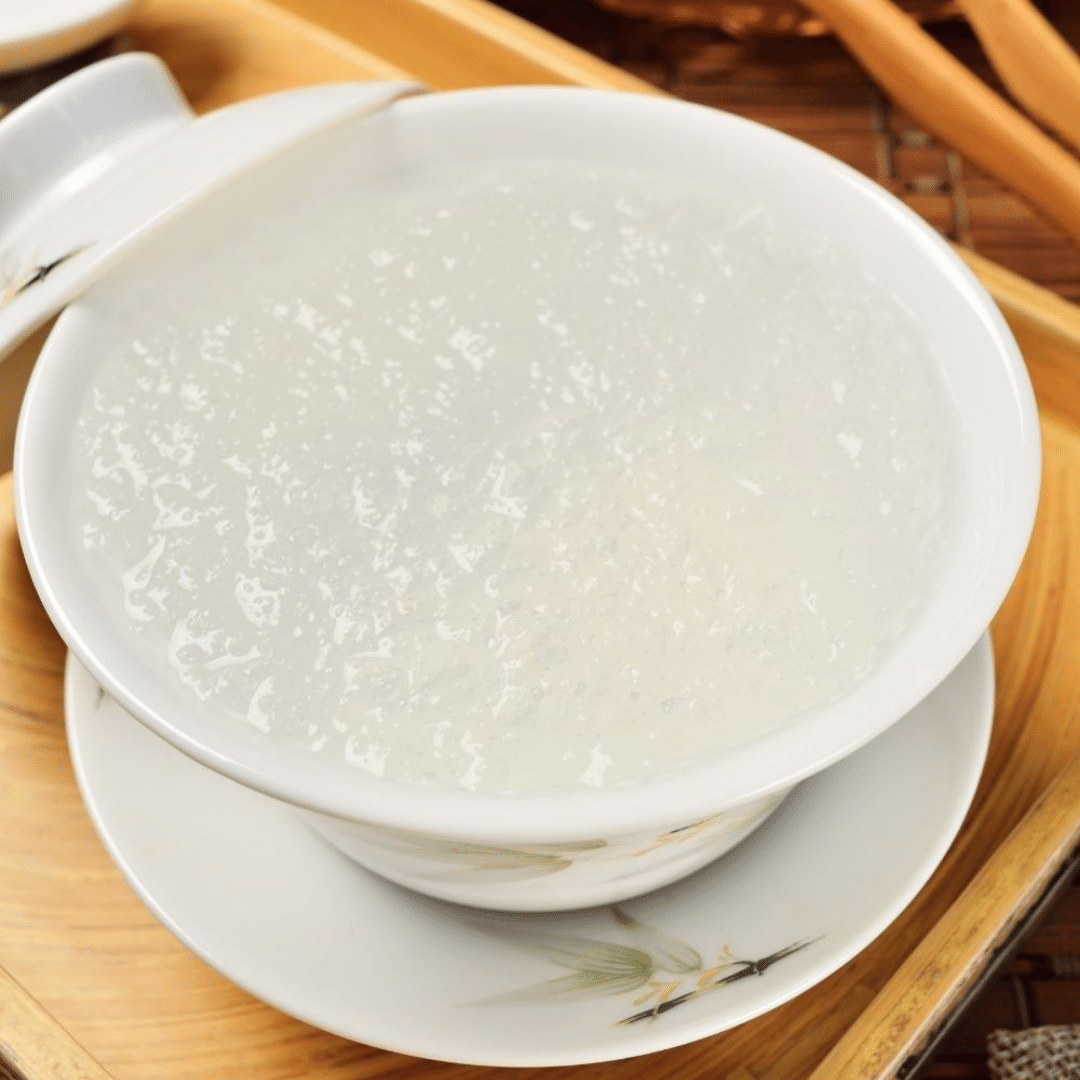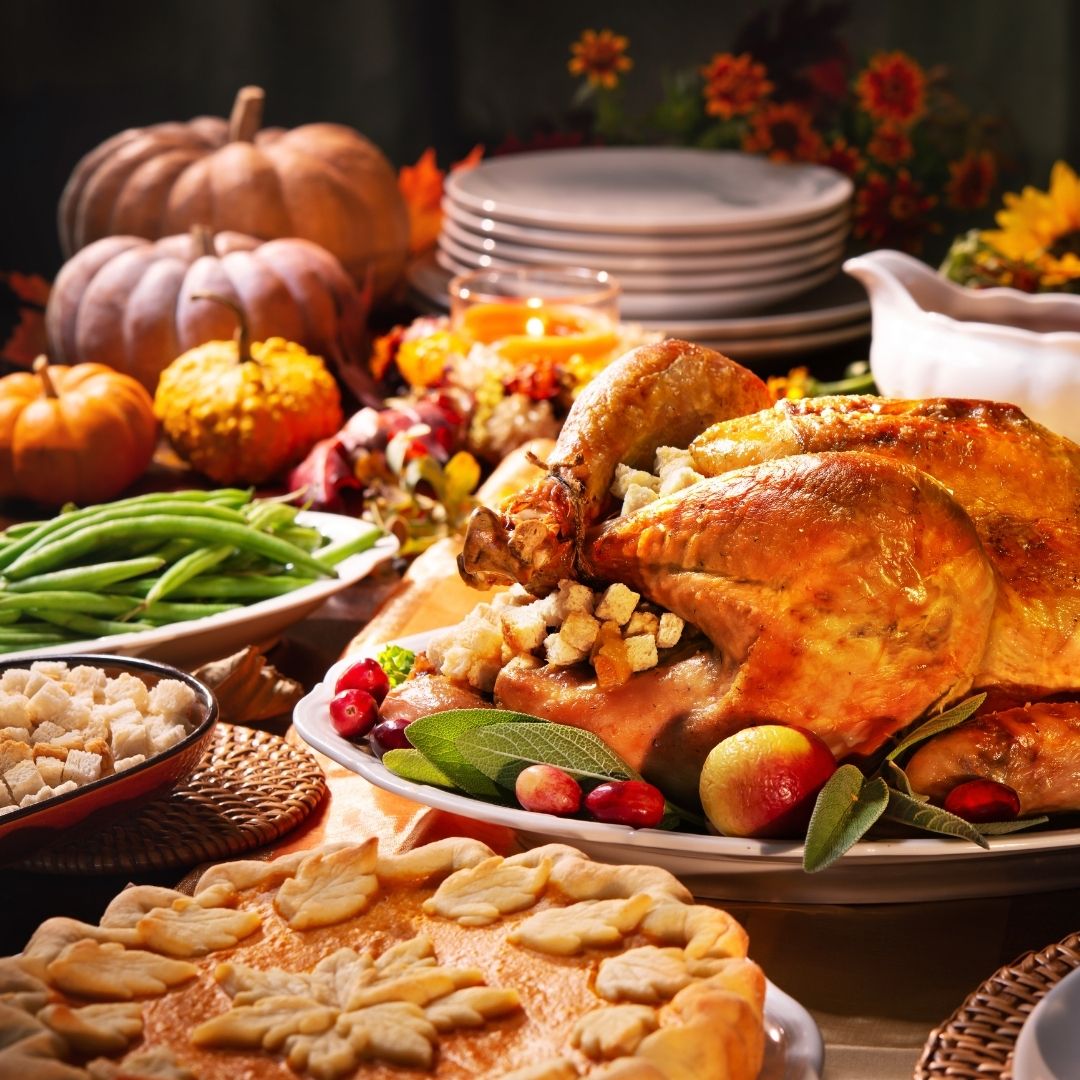Are you in the mood for soup? Most likely you won’t find a can of bird’s nest soup at your local grocery store. In fact, bird’s nest soup is an exotic Asian delicacy. Very popular in Southeast Asia and available at some Asian restaurants in the U.S.

It’s mystical charm is that it’s purported to have medicinal benefits.
Advocates proclaim that a steady diet of bird’s nest soup can strengthen your immune system. Also aid your digestion, and, most importantly, enhance your libido.
By now, you’re envisioning a cute little nest made of twigs and leaves. Boiling in a pot of chicken broth along with loads of vegetables.
Aha…not quite.
In fact, bird’s nest soup, a 400 year old Southeast Asian delicacy. This soup is made of dried and hardened bird saliva, harvested from a cave/cliff dwelling bird called a swiftlet.

Once cooked, you can just imagine the texture.
How much does birds nest soup cost?
Today, a “pound” of bird’s nests can cost as much as $4500 or more.
So, what would a small bowl bird’s nest soup actually cost?!
In Hong Kong, for example. A bowl of bird’s nest soup can cost you anywhere from $30 to $100 a bowl!
Same price range exists at Asian restaurants in the U.S.
Yikes!! Where’s the Campbell soup people when you need them!
So why does a bowl of gelatinous bird’s nest soup cost an arm and a leg?

How is birds nest soup made?
Well, dating back to the 1500’s, swiftlets’ nests were originally used by the Chinese elite as an expensive healing tonic.
In those days, hunting for swiftlet bird nests was considered a dangerous and costly enterprise.
The swiftlet bird is a cave/cliff dwelling animal.
And because of that fact, most nest collectors, in search of this delicacy. Had to climb steep cliffs and traverse challenging mountainous regions in Southeast Asia, the South Pacific islands, and Northeast Australia to harvest the goods of their prey.
The popularity of this unique soup
The popularity of this unique soup and the challenges associated with securing its specific ingredients. Fostered the development of swiftlet breeding house farms.

The swiftlet house farm industry in Malaysia alone has grown from 900 in 1998 to about 60,000 in 2013.
Continued growth of the swiftlet farm industry over the last two decades has materialized profits for farmers in the range of $5 billion a year.
For those of you who are curious about swiftlet bird nest producers. Indonesia is the largest producer of bird’s nests, followed by Malaysia, Thailand, and the Philippines.
And Hong Kong and the U.S. are the largest importers of swiftlet bird nests.
Your curiosity stimulated yet? Want to know more?
As an animal product, access and use is regulated by the U.S.D.A.
To get the best advice on the where, what, and how of this Asian delicacy. Visit your local Asian community and seek out their recommendations.
Enjoy!




